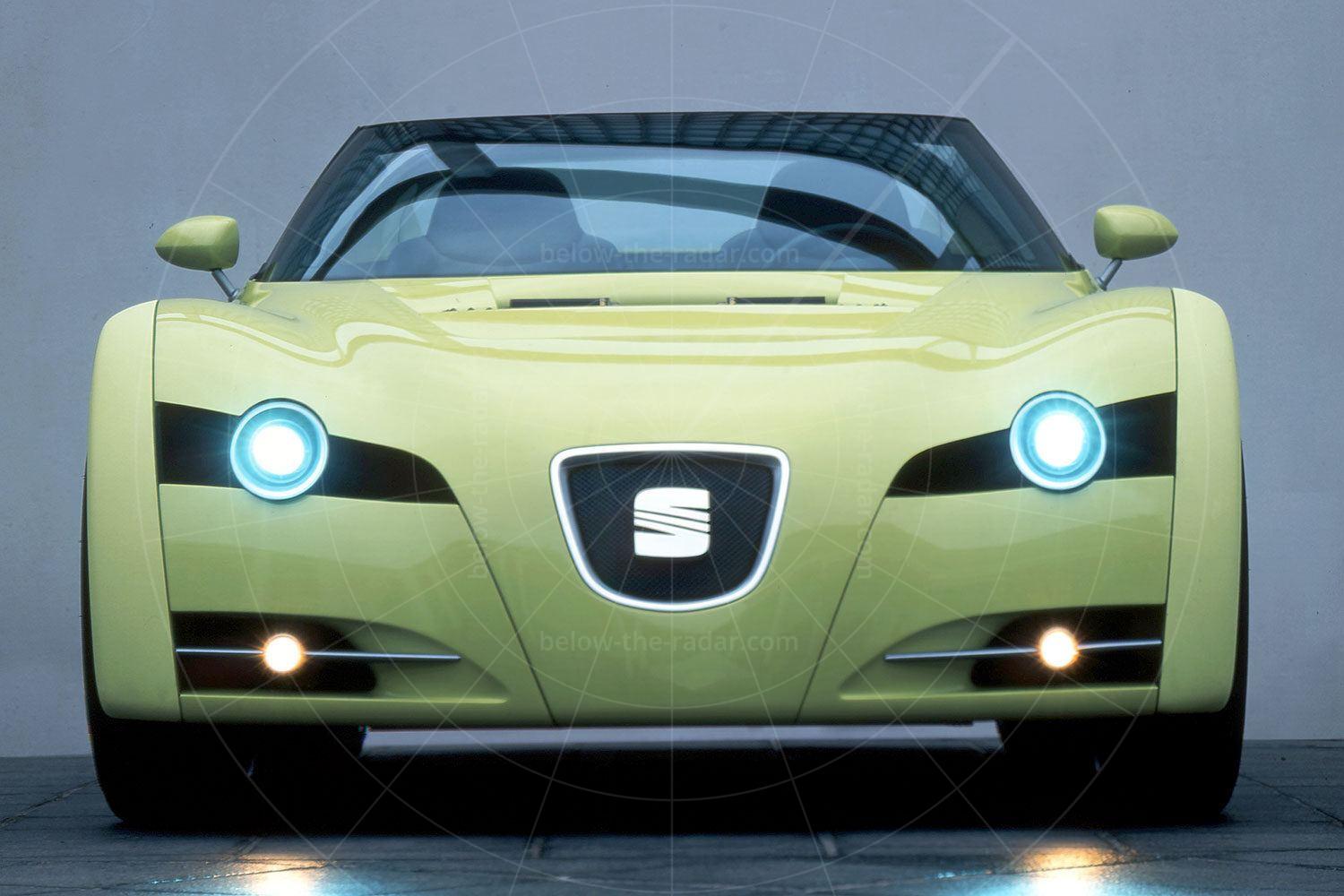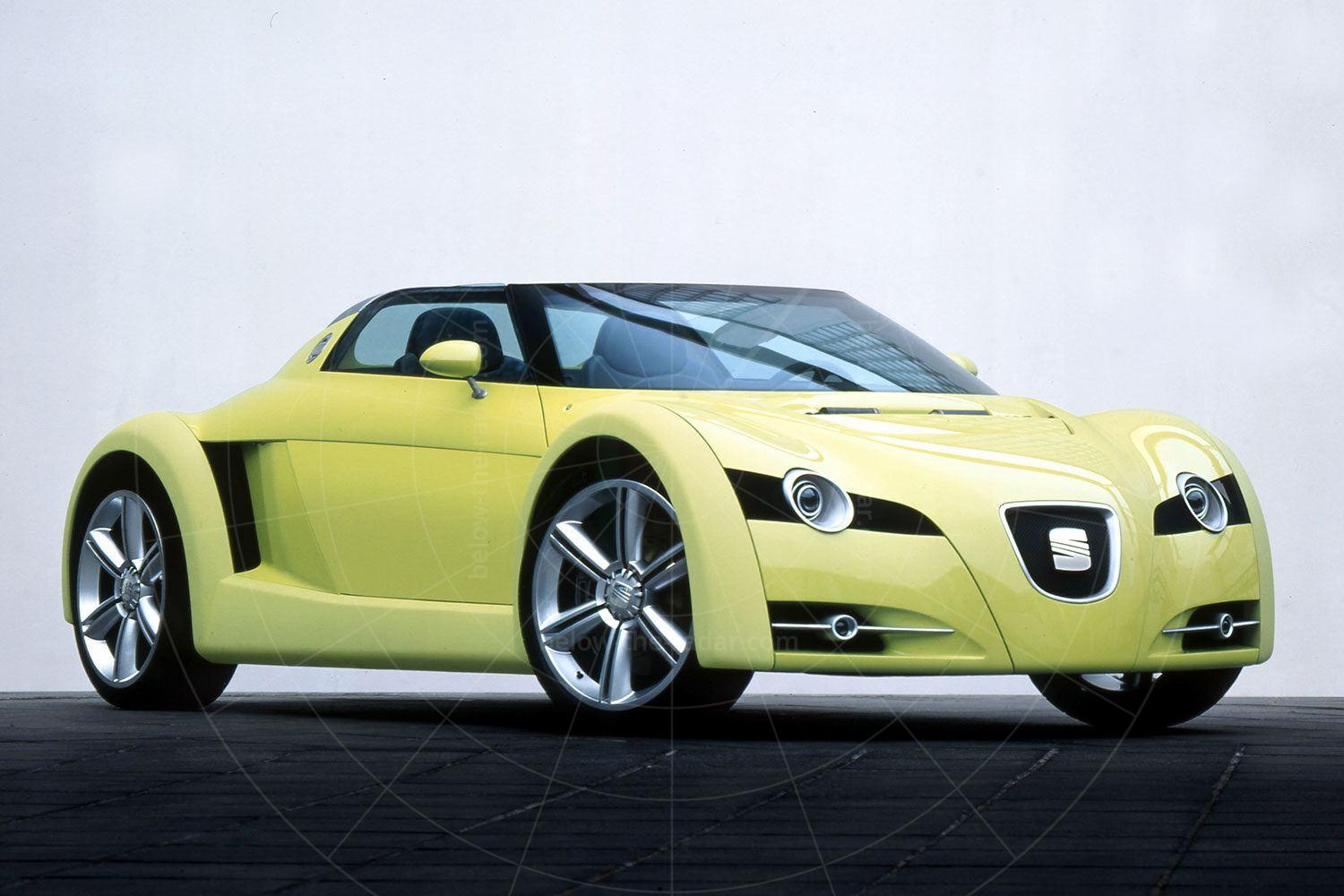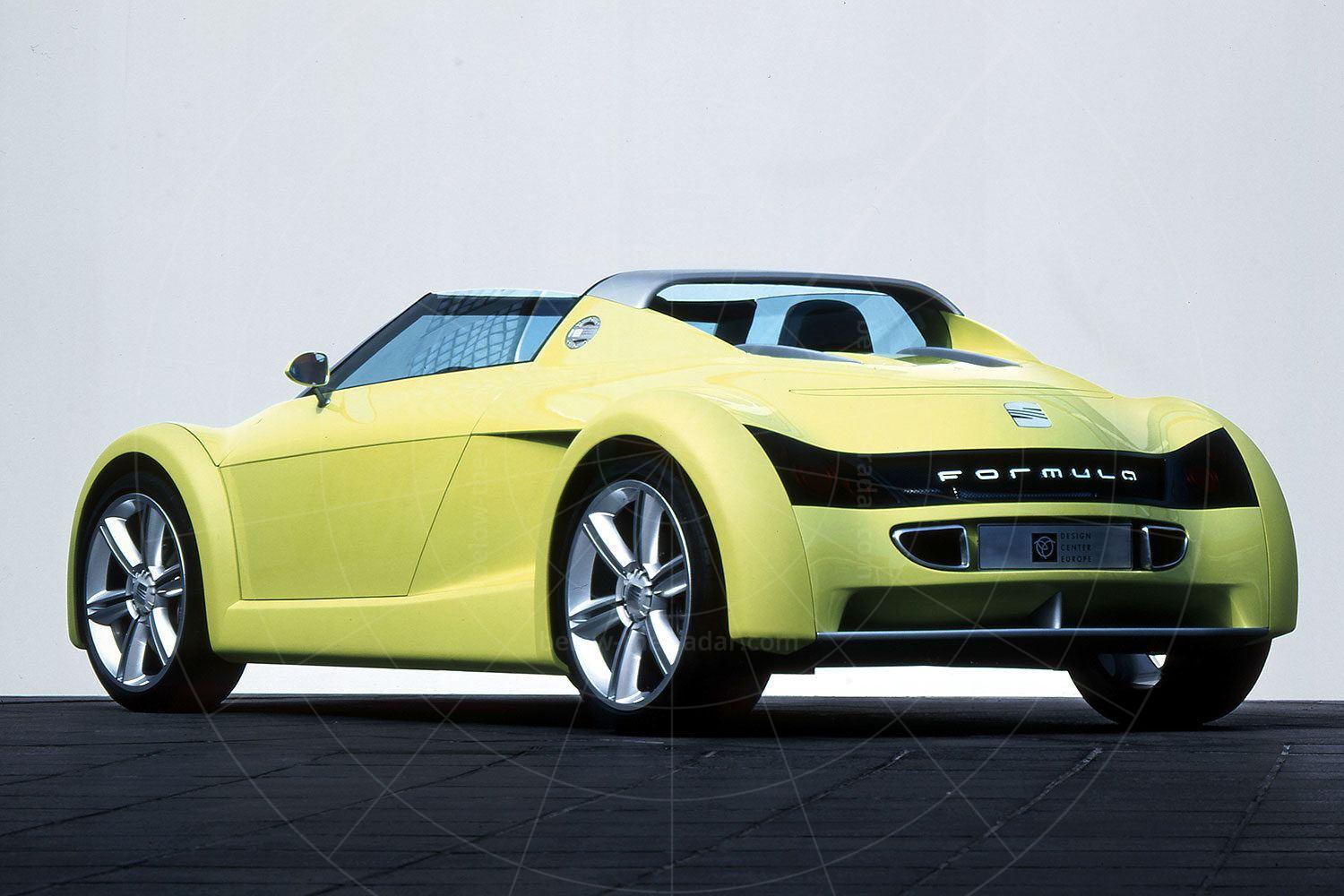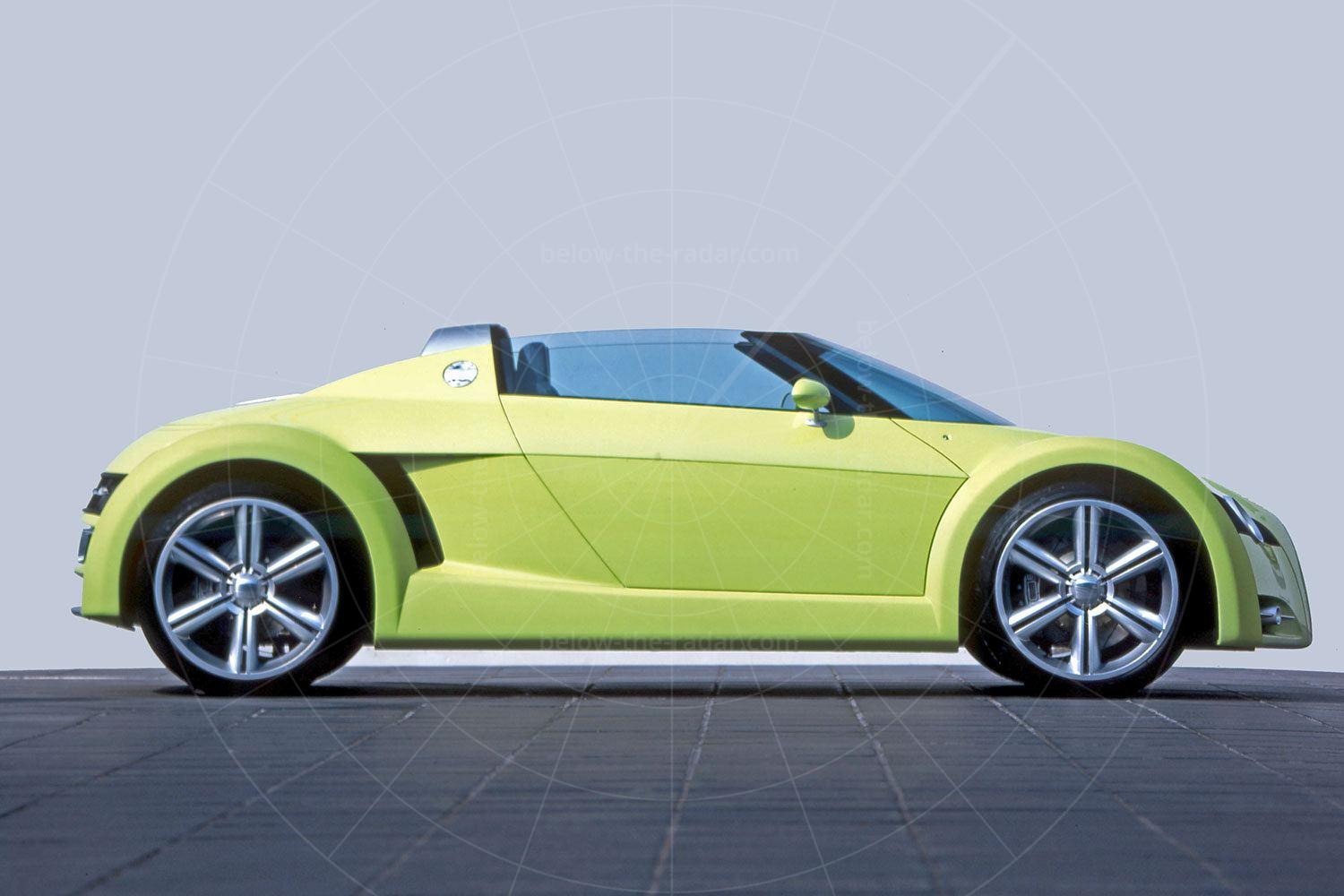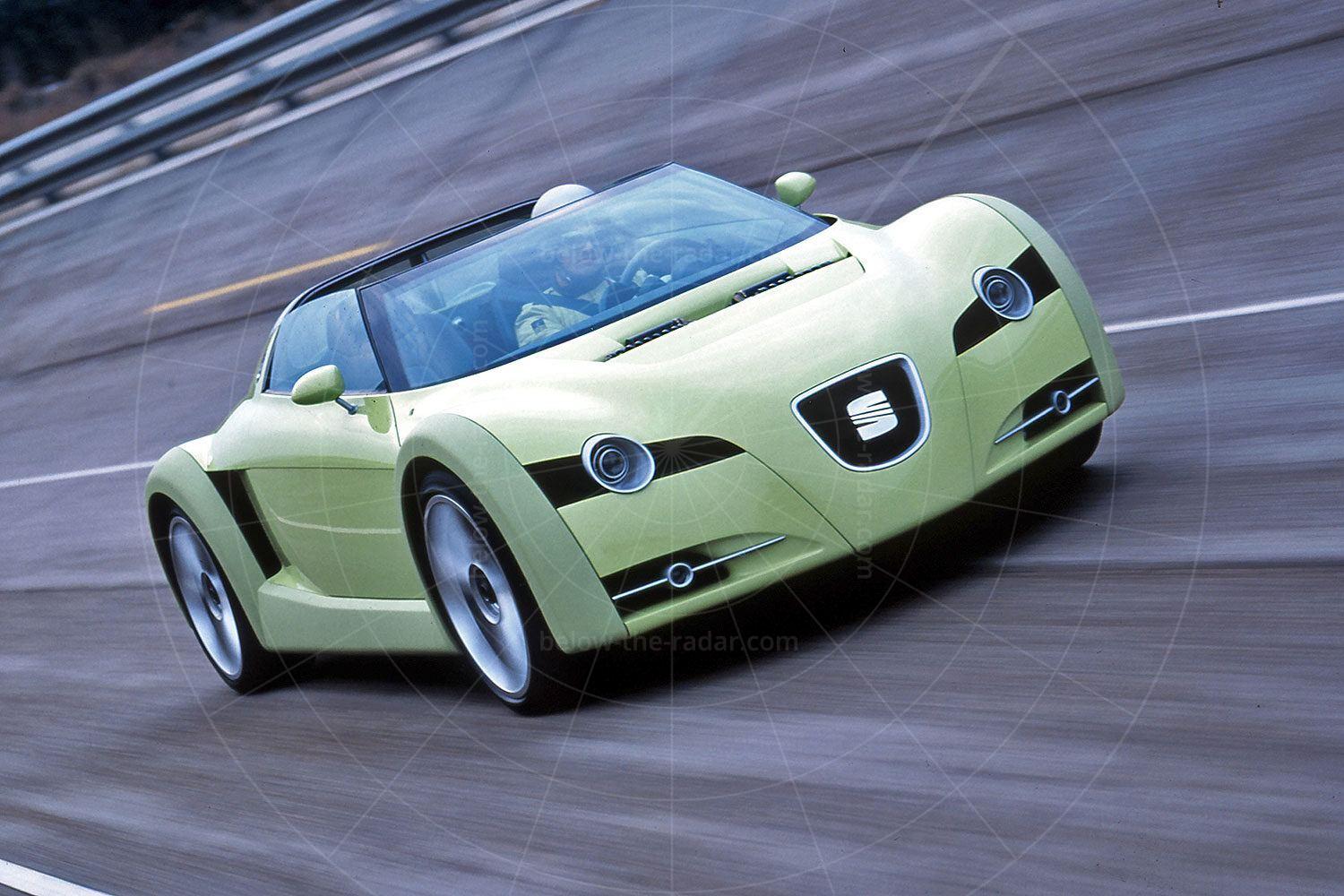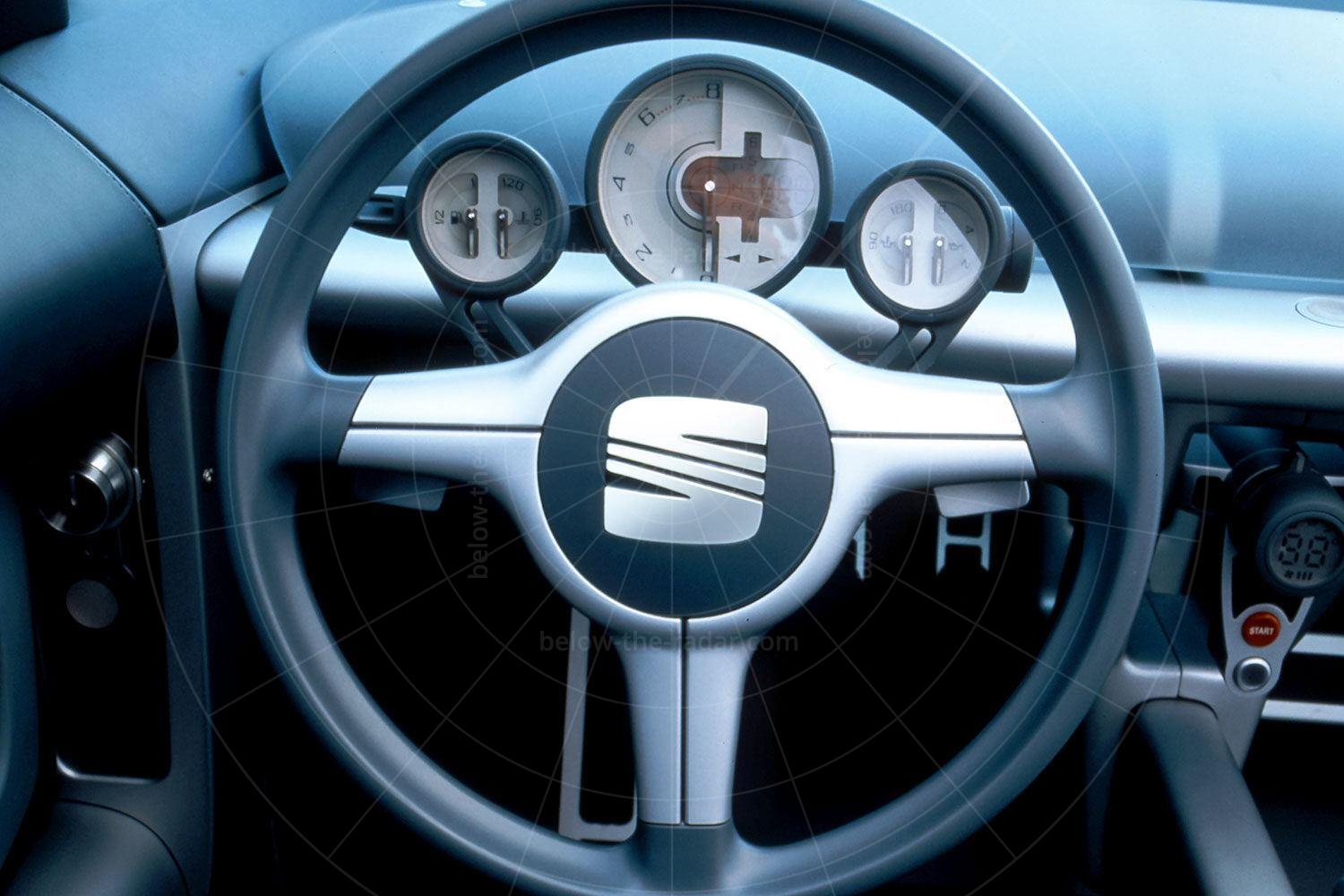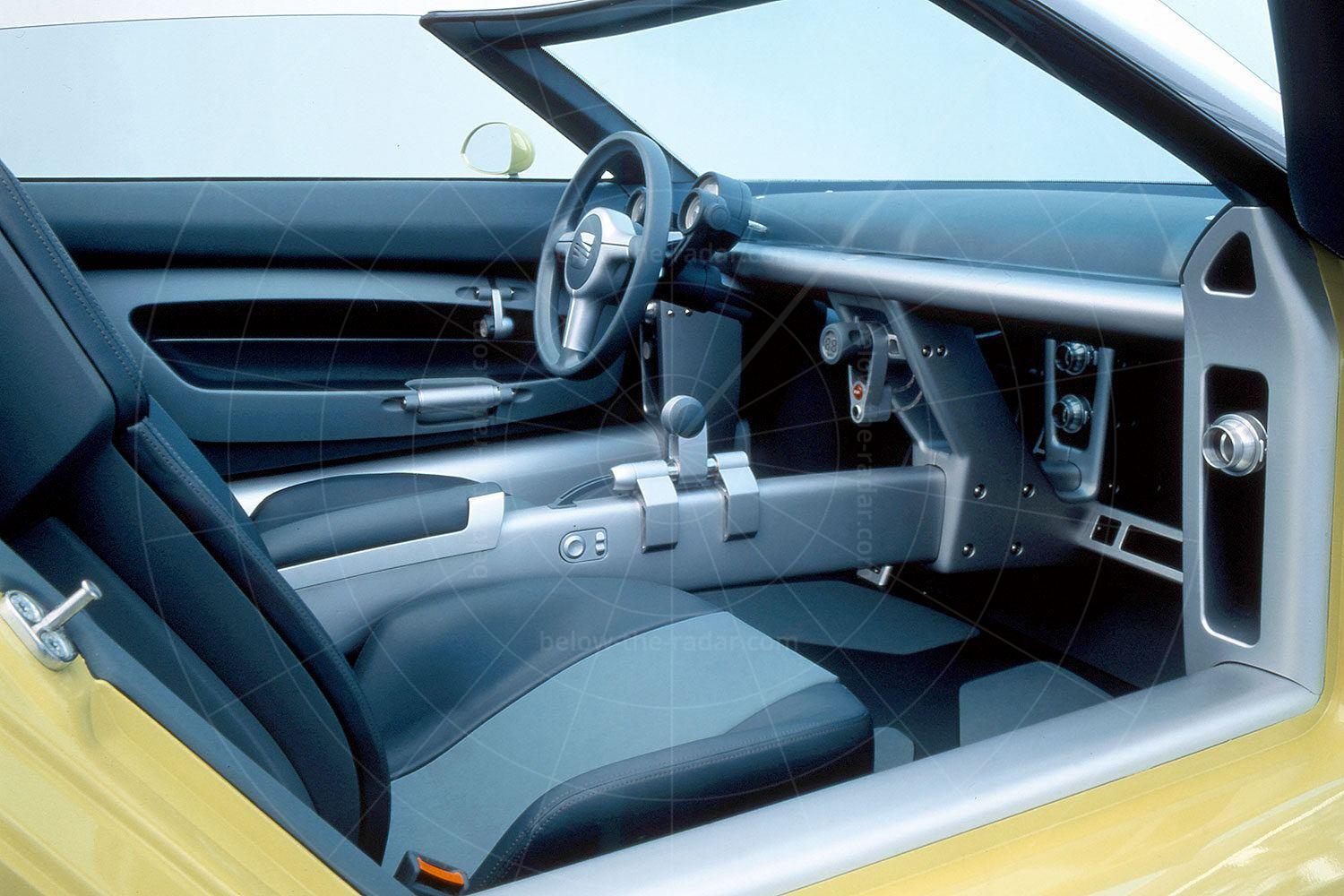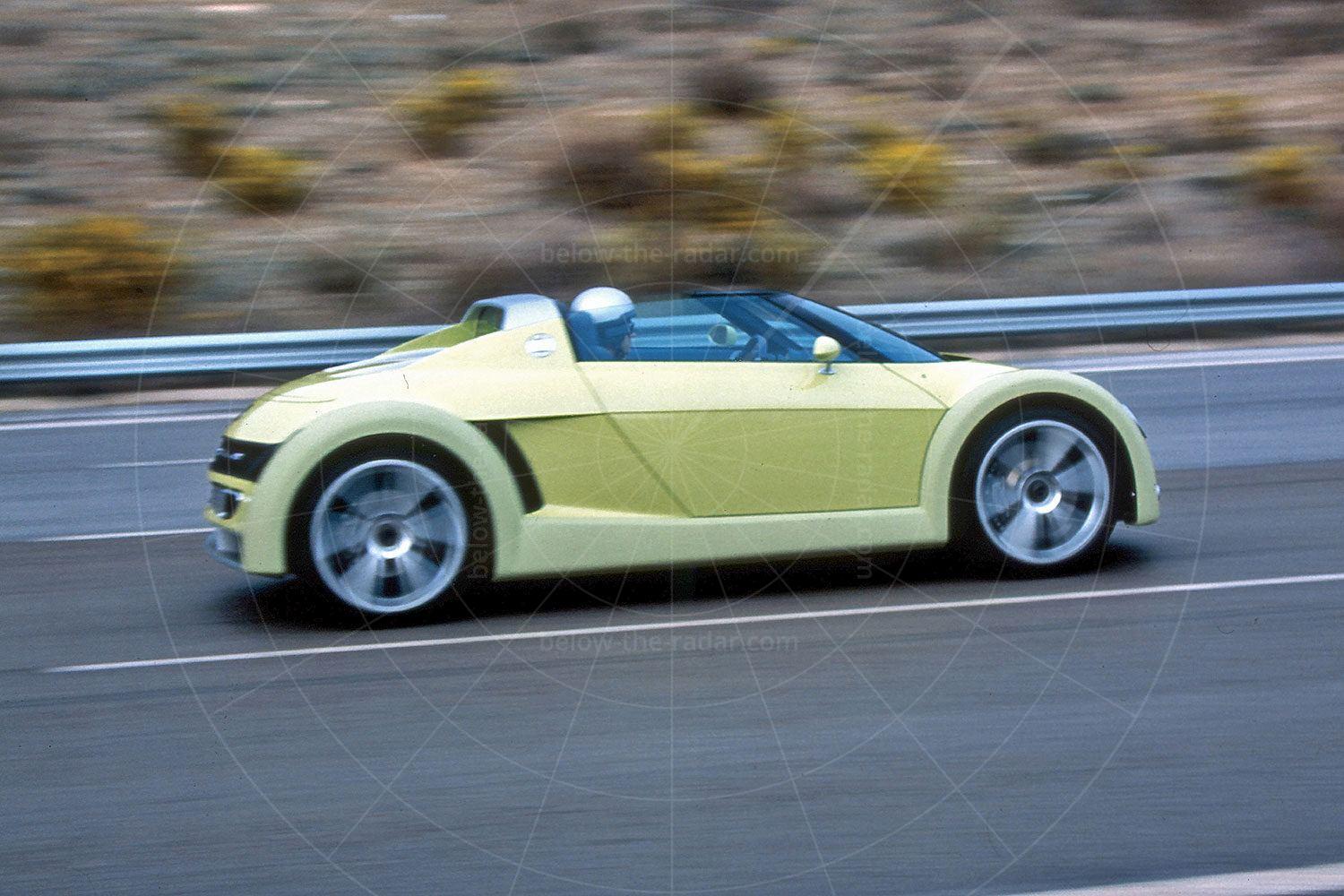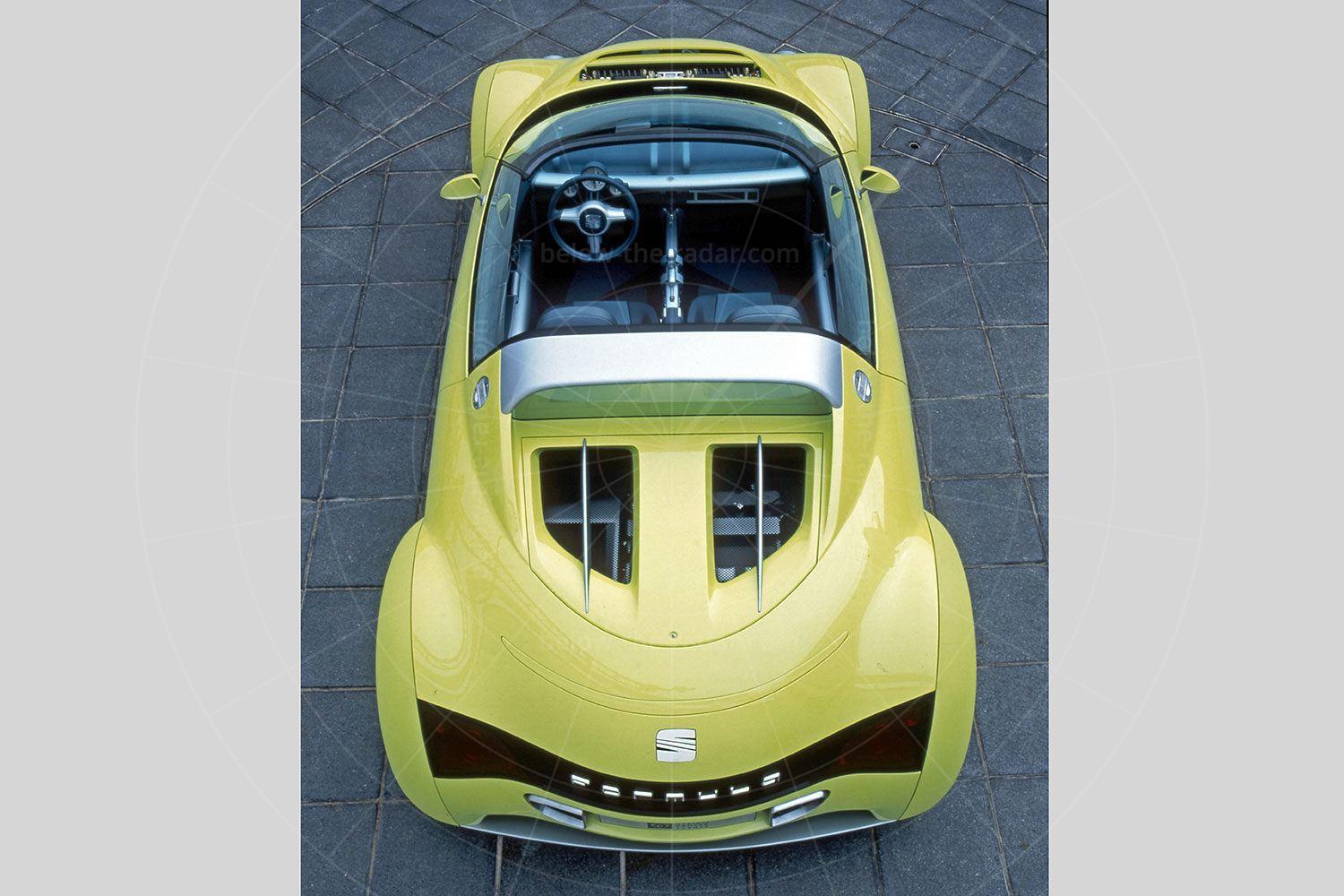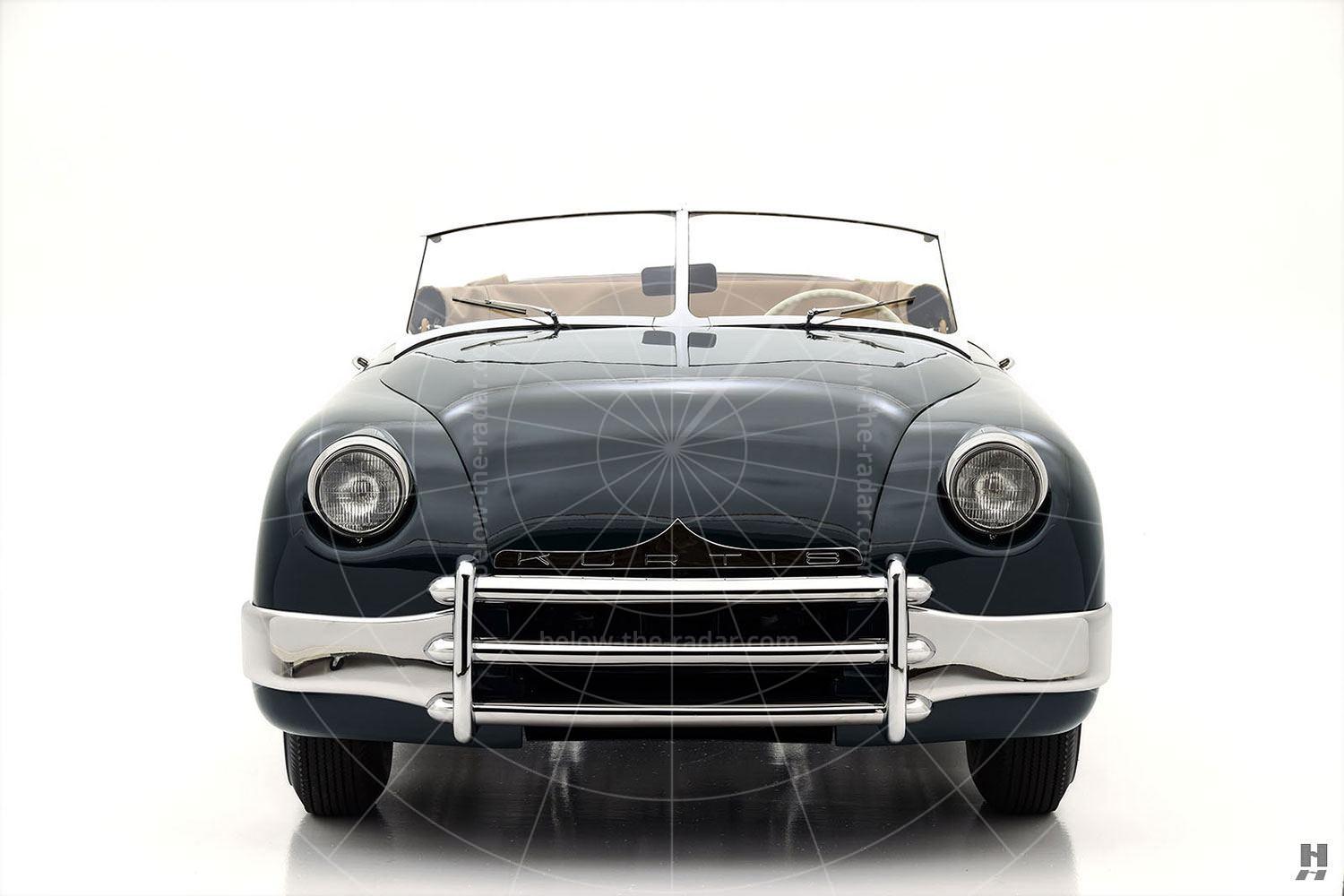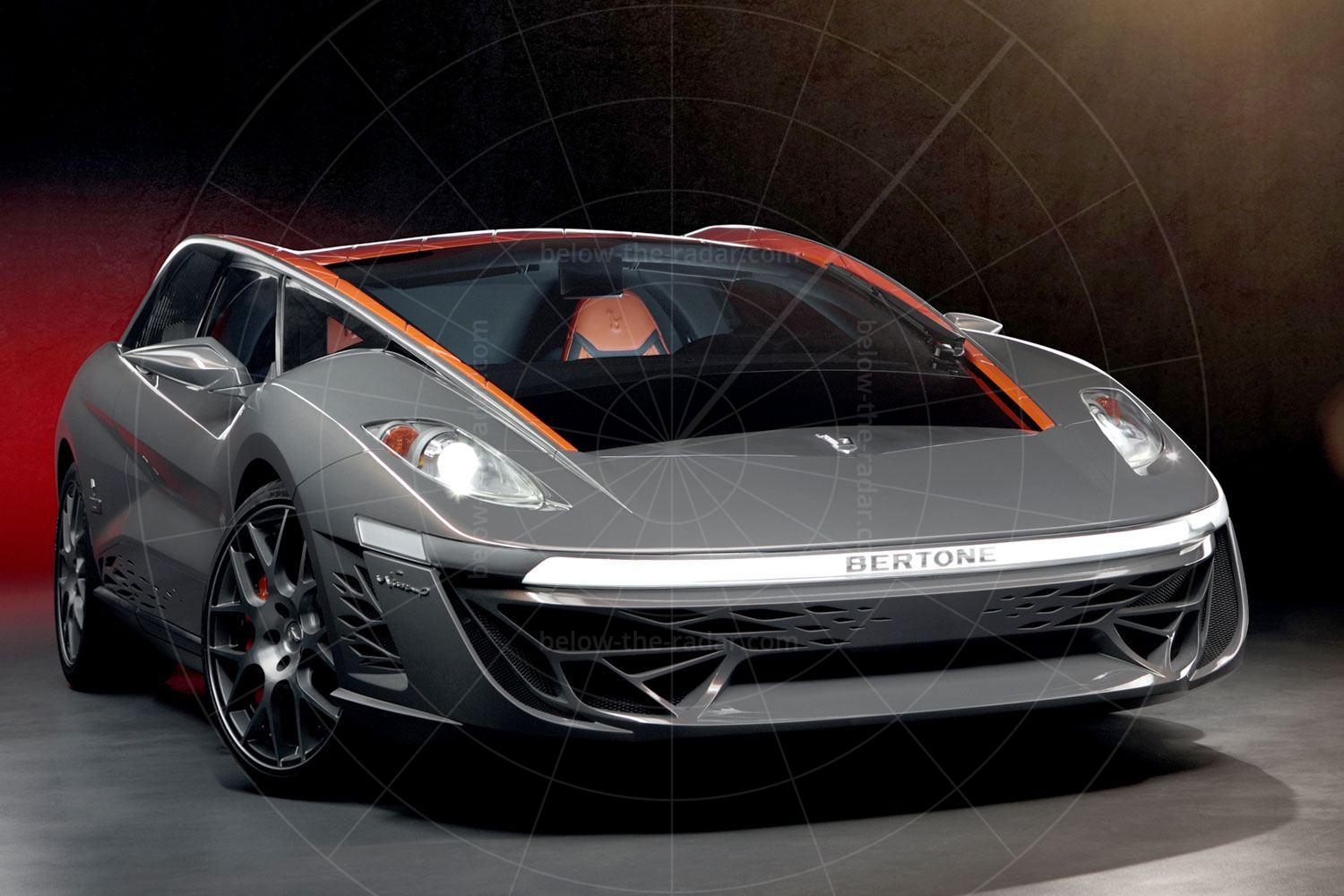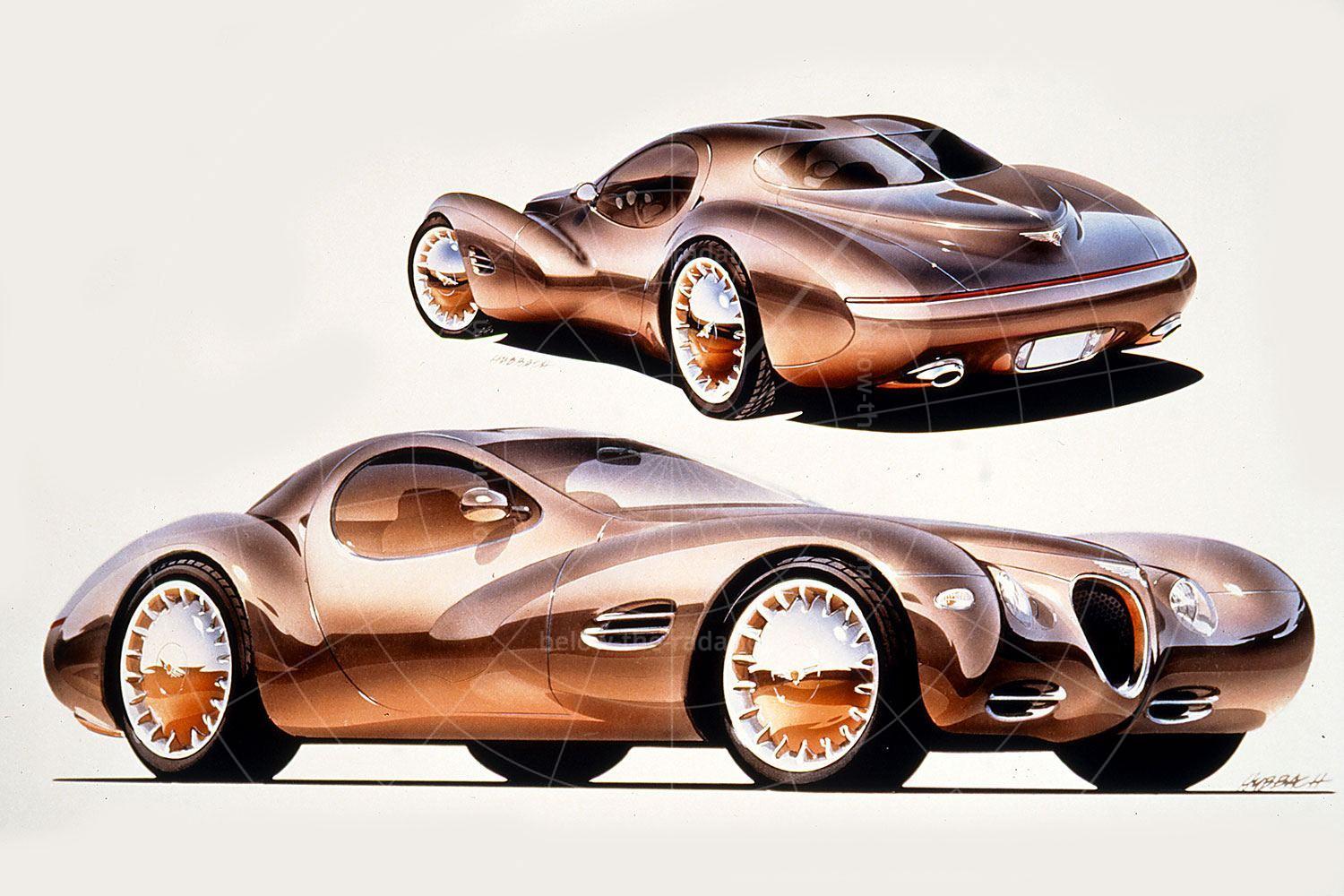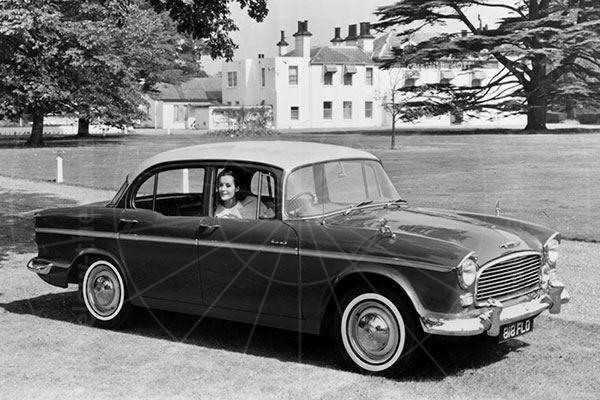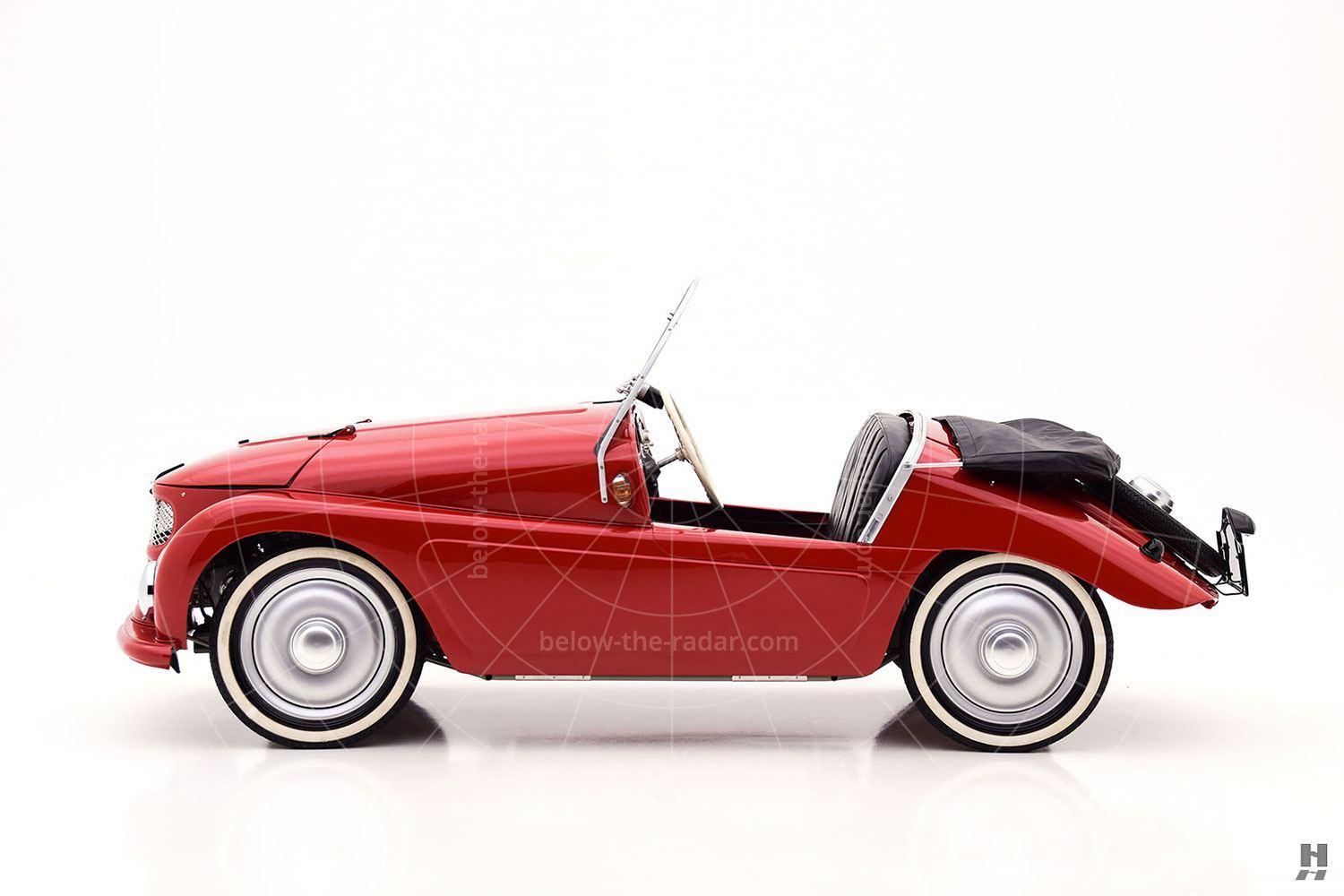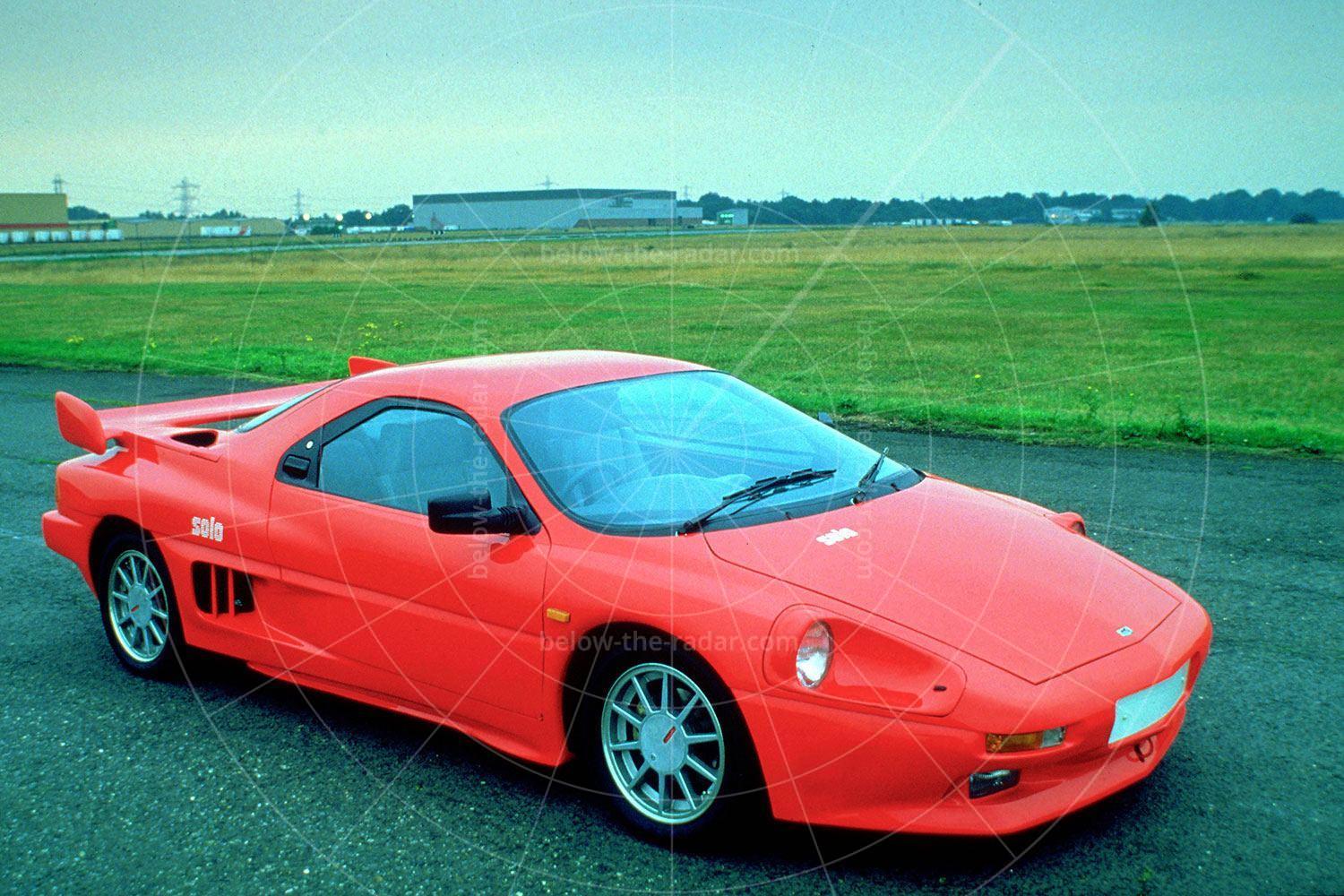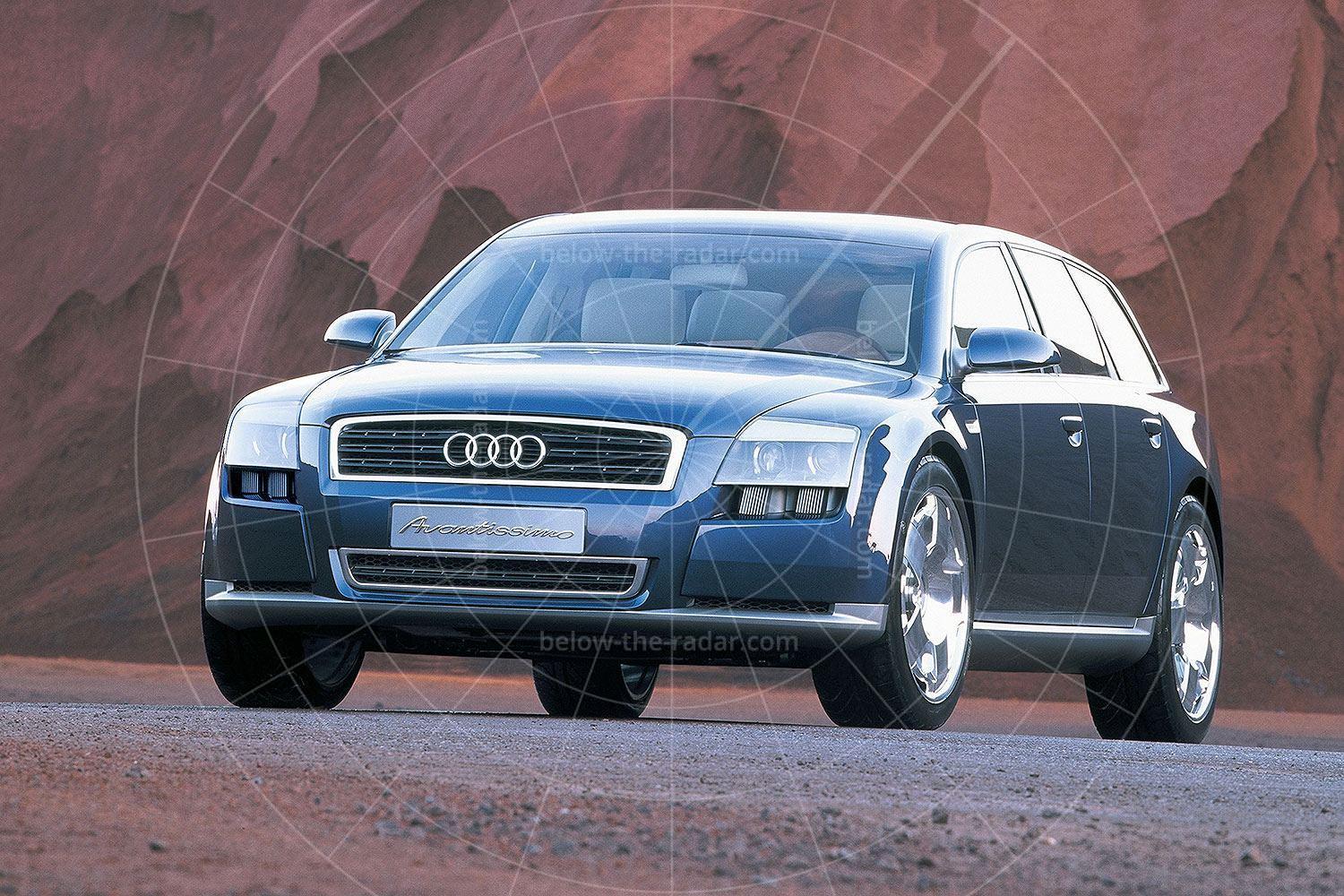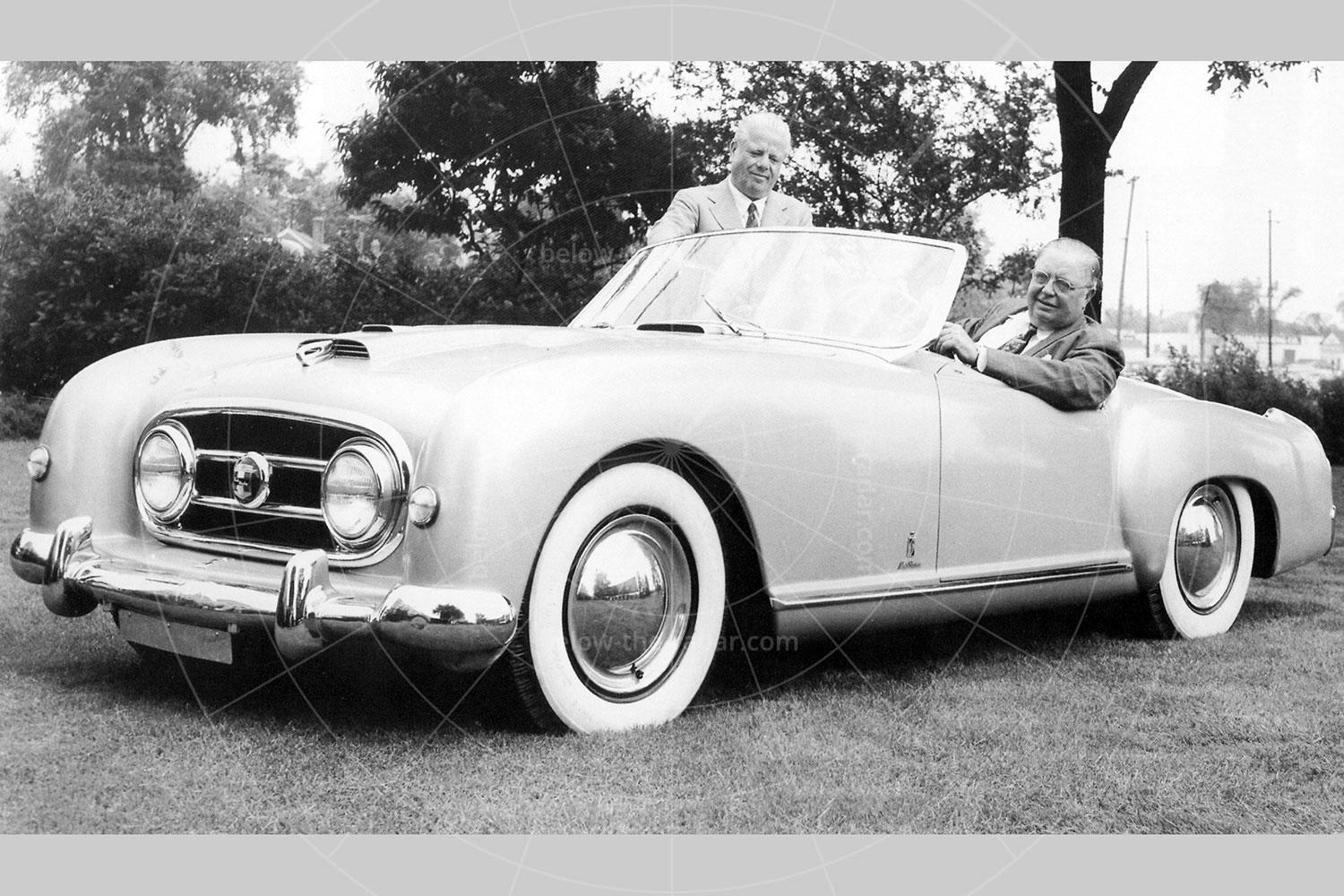At a time when many manufacturers were desperate to be seen as more socially aware, Seat bucked the trend at the 1999 Geneva motor show with the first showing of its Formula concept. It was unveiled to “bring the excitement of competition driving to the highway, while not overlooking the comforts needed for more conventional driving”. The reality was that the Formula was technically just another two-seater roadster, although that didn’t make it any less tempting a prospect.
With SEAT part of the Volkswagen empire, it was only natural that the mechanicals would be familiar to countless numbers of VW, Audi and Skoda drivers. To that end the Formula used a 240bhp 2.0-litre turbocharged petrol engine along with a six-speed sequential manual gearbox. This powerplant was a development of the excellent 1.8T turbocharged petrol unit fitted to so many VW Group cars, and in 2.0-litre form it was derived from the SEAT Cordoba World Rally Car. Front-wheel drive was also dispensed with, and with the rear wheels doing the driving the Formula would have been every bit as much fun to drive as the looks promised.
As if this two-seater roadster's design wasn’t eye-catching enough, SEAT also opted to paint the Formula fluorescent yellow to make sure it got noticed. Wheels of the largest possible diameter were the norm on road cars as well as concepts, so the Formula was equipped with 20-inch alloy items.
The doors opened upwards, hinged at the front, and because of the aluminium body tub there were huge sills which gave the car its strength and torsional stiffness. Such a construction meant the handling would be predictable; to maintain downforce (and hence stability), above 30mph a rear spoiler popped up. At the front there were adjustable cooling intakes that channelled just the right amount of air to the engine to make sure that it didn’t overheat, while also maintaining a high running temperature for maximum efficiency.
SEAT didn’t cut corners in trying to create a lightweight sportster that would be great fun to drive, so in a bid to reduce weight as far as possible the chassis was built of aluminium, and rather than hide away such a beautifully crafted piece of engineering it was proudly displayed within the cockpit. The rest of the cabin followed a minimalist approach; there was no point weighing the car down with unnecessary trim or equipment.
The Formula's final weight was less than a ton, and when this was combined with the 240bhp on tap there was never any doubt that performance would be electrifying; 0-62mph was possible in just 4.8 seconds. Instrumentation was also kept to a minimum and to change gear there was a conventionally located gear lever, or paddles on the steering wheel allowed ratios to be selected. Whichever option was chosen it was all done electronically without the need for a clutch.
So far the concept of the Formula seems very much like that of the Lotus Elise, which is no coincidence; Julian Thomson was an integral part of the whole project having joined the team as head of exterior design. He was the one who worked out how to package everything, but one thing he didn’t do was introduce any form of weather protection. Utilising an Elise-style tensioned fabric roof would have been easy enough, but with such a tight production schedule for the car’s introduction there simply wasn’t time. In the event the Formula didn't go into production, but it opened the world’s eyes to the idea of SEAT being the sporty division of the VW/Audi Group. But the company could have been so much sportier…
| Vital statistics | |
|---|---|
| Debut | Geneva 1999 |
| Engine | Mid-mounted, 2.0-litre, turbocharged 4-cylinder |
| Transmission | 6-speed sequential manual, rear-wheel drive |
| Power | 240bhp |
| Top speed | 149mph |
| 0-62mph | 4.8 seconds |

